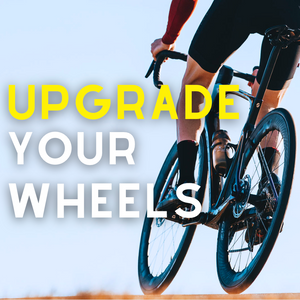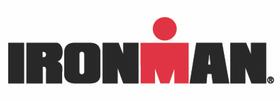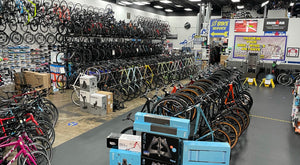
- Motor Type and Power
Motor Placement: E-bikes typically come with motors in the hub (rear or front) or mid-drive (located in the center). Mid-drive motors provide better balance and efficiency, especially for hills and off-road riding, while hub motors tend to be more affordable and work well for flat terrains.
Motor Power: Motor power is measured in watts (W). Common options are 250W, 500W, or 750W. Higher wattage motors provide more power and faster acceleration, which can be helpful for hills and heavier loads but may be subject to local legal limits.
- Battery Capacity and Range
Battery Capacity: Measured in watt-hours (Wh), a larger battery capacity allows for longer rides. Common capacities range from 250Wh to 750Wh or more.
Range: Depending on terrain, rider weight, and power mode, range can vary significantly. Look for a bike that offers sufficient range for your typical rides. A range of 40-80 miles is common for commuter e-bikes.
Removable Battery: For convenience, especially if you need to charge indoors, a removable battery is a great option.
- Pedal-Assist vs. Throttle
Pedal-Assist: This feature activates the motor when you pedal, with adjustable levels of assistance to suit different terrains or preferences.
Throttle: Some e-bikes also come with a throttle (like a motorcycle) that allows you to ride without pedaling. Consider your preference or local regulations regarding throttle use.
- Frame and Weight
Frame Material: E-bikes come in aluminum, carbon fiber, or steel frames. Aluminum is lightweight and durable, while carbon fiber offers the best weight-to-strength ratio at a higher cost.
Weight: E-bikes are generally heavier than regular bikes due to the motor and battery. Look for a weight that is manageable for your needs, particularly if you’ll be transporting or lifting the bike.
- Brakes
Hydraulic Disc Brakes: Offer superior stopping power and require less effort compared to mechanical disc brakes, especially on heavier e-bikes.
Mechanical Disc Brakes: More affordable and still provide good stopping power, but require more frequent maintenance and adjustment.
- Tires and Wheels
Tire Size: Consider the width of the tires depending on where you plan to ride. Wider tires (2.0"-4.0") are better for stability and off-road riding, while narrower tires (around 1.5"-2.0") are suited for city commuting.
Puncture Resistance: Tires with built-in puncture resistance or those compatible with tubeless setups will reduce the risk of flats, especially on long rides.
- Drivetrain and Gearing
Gearing System: Some e-bikes have simple single-speed setups, while others have multi-gear options. A wider range of gears is beneficial for tackling hills and varying terrain.
Internal vs. External Gears: Internal hub gears are low-maintenance and protected from the elements, while external gears offer more range and are easier to repair on the go.
- Display and Controls
Display Screen: Look for a clear, easy-to-read display that shows essential information such as speed, battery life, range, and assist level.
Control Panel: Ensure the controls for adjusting assist levels are intuitive and accessible while riding.
- Suspension
Front Suspension: Common in many e-bikes for added comfort, especially if you’ll be riding on rougher terrain.
Full Suspension: Offers the most comfort, especially for off-road riding, but adds to the weight and cost.
- Accessories and Mounting Options
Rack and Fender Compatibility: If you plan to use your e-bike for commuting or errands, consider whether it can accommodate racks, fenders, or baskets.
Lights: Built-in lights are a great safety feature, particularly for night or low-light riding.
USB Ports: Some e-bikes offer USB ports for charging devices, which can be handy on long rides.
- Price and Warranty
Price Range: E-bikes can range from a few hundred dollars to several thousand, depending on features, brand, and components. Determine your budget and prioritize features accordingly.
Warranty: Ensure the bike comes with a solid warranty for the frame, motor, and battery. A good warranty is a sign of reliability and customer support.
- Test Ride
Ride Comfort: Always test ride before purchasing to ensure the bike feels comfortable and suits your riding style.
Handling: Pay attention to how the bike handles at different speeds, on hills, and around corners.
- Legal Considerations
Local Regulations: Check your local laws for e-bike classifications and speed limits. In some areas, e-bikes are categorized by power and speed (Class 1, 2, or 3), and there may be restrictions on where you can ride.
By considering these factors, you can find the e-bike that best suits your needs, whether it's for commuting, off-road adventures, or leisurely rides.

Come visit us at 6465 E Mockingbird Ln #358, Dallas, TX 75214, if you're looking for a top-notch bicycle store in Dallas.



